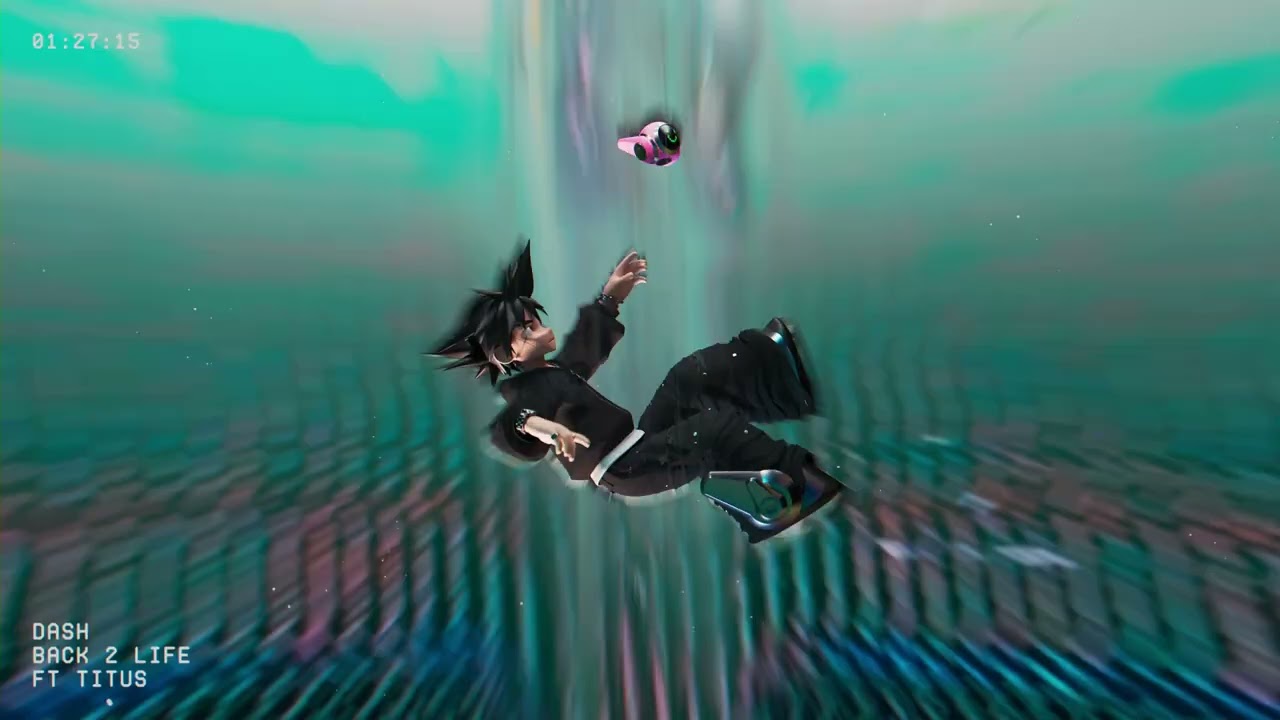Keisuke Itagaki's manga Grappler Baki is a story about fighting, the backdrop of which is the body. Its characters' motivations and ideals, however nuanced or authentic, are only given credence to the extent to which they can affect bodies -- their own bodies through brutal training, and others, in combat.
Itagaki's visual style pours all its intended significance into the presence and physicality of its characters. The result is that, under such intense and overwhelming detail, the fighters of Grappler Baki no longer seem fully human, their wills and intentions transforming the fighters into individualized grotesques of flesh, muscles, veins, and scars. The series' principal antagonist Yuujiro Hanma, "The Ogre" -- typifies this idea -- the musculature of his own back resembling a demon's leering face.
However, this visual style is not merely ornamental, but technical and symbolic: A lifelong martial artist himself, Itakagi includes diagrams of martial-arts techniques, along with relevant descriptions of the biological systems involved. In doing so, Itagaki blends realistic and expressionistic aesthetics -- embellishing kinesthetics and physiology to juxtapose the raw effect of brutality with its intended philosophical significance through the contest of bodies, in combat. However, the detail Itagaki puts into depicting this extreme physicality creates problems in adapting his visual style for animation. Specifically, in addition to the challenge of faithfully translating Itagaki's artistic approach, animators have another, risker problem; how best to express the overwhelming, yet ultimately static physicality of Baki, in motion. The execution and reception of Baki (2018) and Hanma Baki: Son of Ogre (2021) reflect the difficulty of this process, as well as the problematic use of CG throughout the action anime subgenre.
CGI: The Great Debate
The use of CGI and other 3D rendering technology versus traditional animation methods is the subject of its own longstanding debate. Supporters of CGI cite its ongoing use in Attack on Titan, where the complex geometry and acrobatic movements might confound 2D style. Detractors of the practice describe it as a shortcut, diminishing the unique visual style and "texture" of the original art.
In the case of Grappler Baki, fans were critical of its use of 3D animation in the 2018 adaptation Baki. There the use of CGI clashed strongly with conventional animation style. The stylized and convoluted textures of its bodies and contorted faces in one scene suddenly appear noticeably smoother and cleaner in the next. The effect diminished both the physical action and also detracted from the personality by swapping Itagaki's self-made grotesques with generic stand-ins. Overall, the CG of the 2018 Baki resembled a failed experiment, but one which the series' producers sought to correct, also with mixed results.
The Challenge of the Body
Likely influenced by this negative reaction, the 2020 announcement of Hanma Baki: Son of Ogre (also called Baki Hanma) was accompanied by the announcement of a new art director. In the 2021 Hanmka Baki: Son of Ogre, the CGI was largely gone. Instead, the animation reverted to a more direct adaptation of the manga's panels, in keeping with its visual style.
Yet, while notable fights in the 2021 adaptation, such as Jun Guevera vs the "Mouth" featured ingenious moments of animation, the series' climactic battle -- between Baki and Biscuit Oliva -- scrupulously follows the manga almost frame-by-frame, offering little in the way of its own contributions.
While such a choice perhaps better preserves Itagaki's vision, at the same time, this approach effectively retreats from the challenge of expanding his vision into a new arena. However, weighing the success of Hanma Baki: Son of Ogre, with the ongoing advances in animation technology, it remains to be seen whether or not the next chapter of Baki teased in its final episode will content itself with proven success -- or like Baki's ferocious fighters -- risk it all to take up the challenge of its creator's vision.
About The Author

